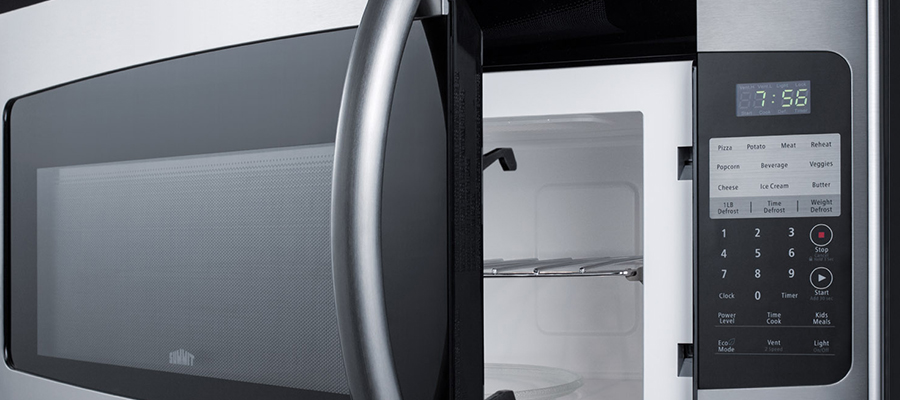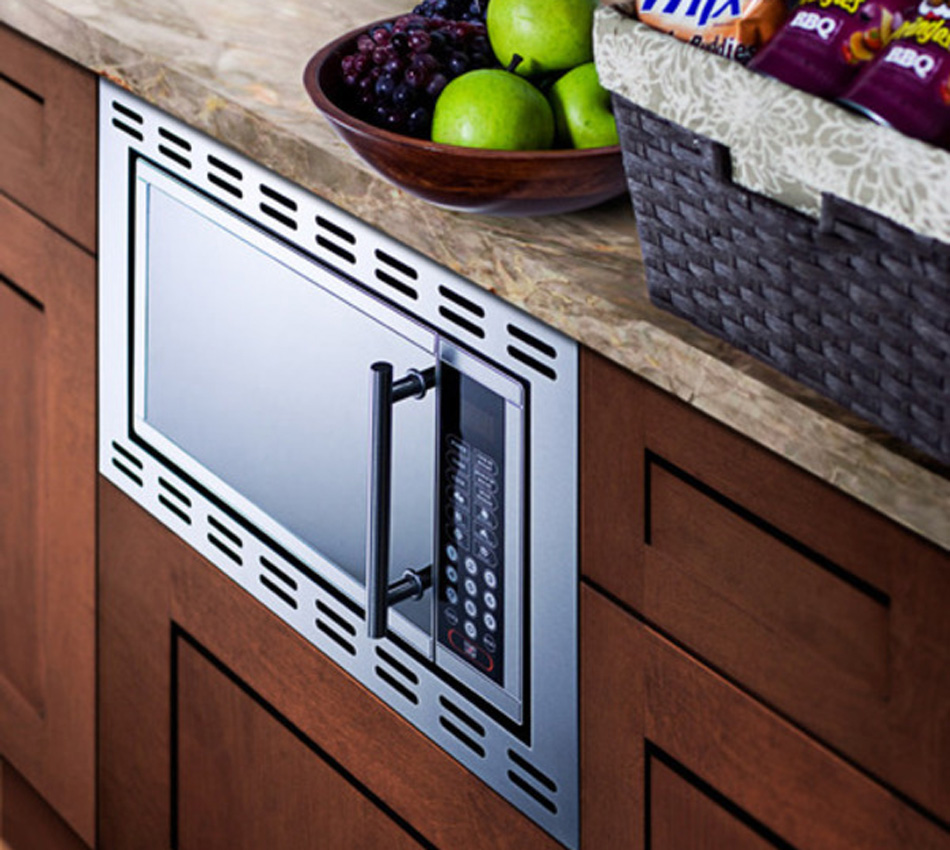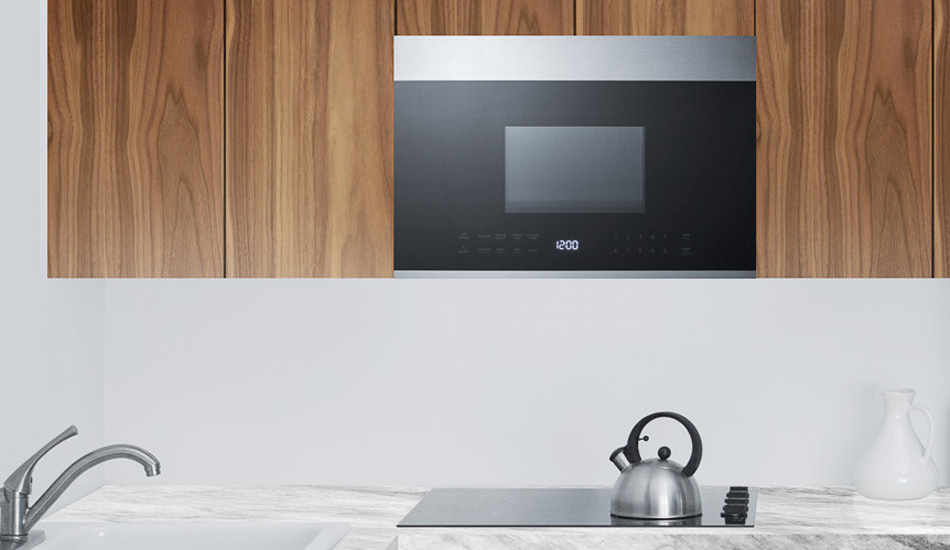Microwave Shopping 101: Which is Microwave is Right for Your Kitchen?

The microwave is your kitchen’s secret weapon. It can heat, reheat, cook, and is overall the most versatile appliance in your kitchen’s arsenal. When choosing your microwave, it is important to think through usage - is it something you will use sometimes? All the time? Additionally, think about where you would like your microwave placed. Is it important that it looks like part of the kitchen? Can it be off on its own? Likely the answer to these two questions will coincide. Regardless of the answers, three options exist when choosing a microwave.
Microwaves: Which is Right for Your Kitchen?
Option A: Countertop Microwaves
A countertop microwave is just that - a microwave that is placed on your countertop, which provides a broader functionality with respect to placement. Additionally, the open nature of placement allows you to choose from a variety of size options. The only true negative to this option is that it takes up counter space, which could be an issue for smaller kitchens with limited surface area. However, you will be hard-pressed to find a microwave with its value (generally the cheapest option), portability, and minimal replacement value.
Option B - Built-In Microwaves
If you do not have a countertop to spare or would prefer something that looks more elegant, then a built-in microwave is a better bet. This microwave is built into existing cabinetry for a streamlined, cohesive look, rather than standalone. This ability does have benefits and drawbacks. While having a built-in microwave certainly looks cleaner and frees up counter space, you may find a lack of variety in which microwave you can choose. This is because you will be limited to a microwave that fits and the shape and size of the opening between your cabinets. However, in choosing the built-in option, you gain flexibility as you can place your microwave away from your range allowing for additional cooking spaces within your kitchen. One downside of built-in is that installation and replacement can get expensive. Installation could require a contractor, and should your microwave break or need replacing, it means uninstalling it from and finding a new unit that fits the size and shape of the previous. While not impossible, it could limit both options and affordability, ultimately impacting performance.
Option C - Over-the-Range Microwaves
Over-the-range microwaves provide some of the same benefits of a built-in microwave, but with the added ease and convenience of it being over your range. One of the key benefits of placing your microwave above your range is that it can serve as a range hood (if it has a fan), a ventilation system that helps to expel cooking heat, odor, and steam; generally, this means the microwave must be ducted to provide a space for the air to exit into the open air. As a result, installation can be a bit more challenging than a built-in microwave, and will typically require the work of a certified professional. A downside of this option is that the space between the range and the microwave might make using taller pots and pans difficult, even preventing you from seeing inside them.
Conclusion: What's Your Final Pick?
Your choice will likely depend on (1) your needs and (2) the size of your kitchen. Three options exist that can accommodate both of those choices. Each with benefits and drawbacks. Regardless of your choice, a microwave is a great convenience to add to your kitchen!



